Redefining National Narratives Through Art
In the dynamic world of contemporary art, a new wave of artists make waves by reclaiming history and reshaping national narratives. These talented individuals challenge traditional historical perspectives, promote inclusivity, and spark meaningful conversations about identity, culture, and social justice. By harnessing their creative abilities, they're transforming the art scene and influencing how society perceives and understands history.
Take Titus Kaphar, for example. His work is groundbreaking in its approach to reinterpreting historical narratives. Kaphar often modifies existing artworks by adding or removing elements, creating layered pieces that uncover hidden or overlooked aspects of history. By altering classic portraits and historical paintings, he reveals the stories that have been obscured or erased. His series "The Jerome Project," which juxtaposes mugshots with religious iconography, is a poignant exploration of the mass incarceration of Black men in America. These works provoke a reexamination of how we perceive and record history, urging viewers to see the humanity and individual stories behind the statistics.
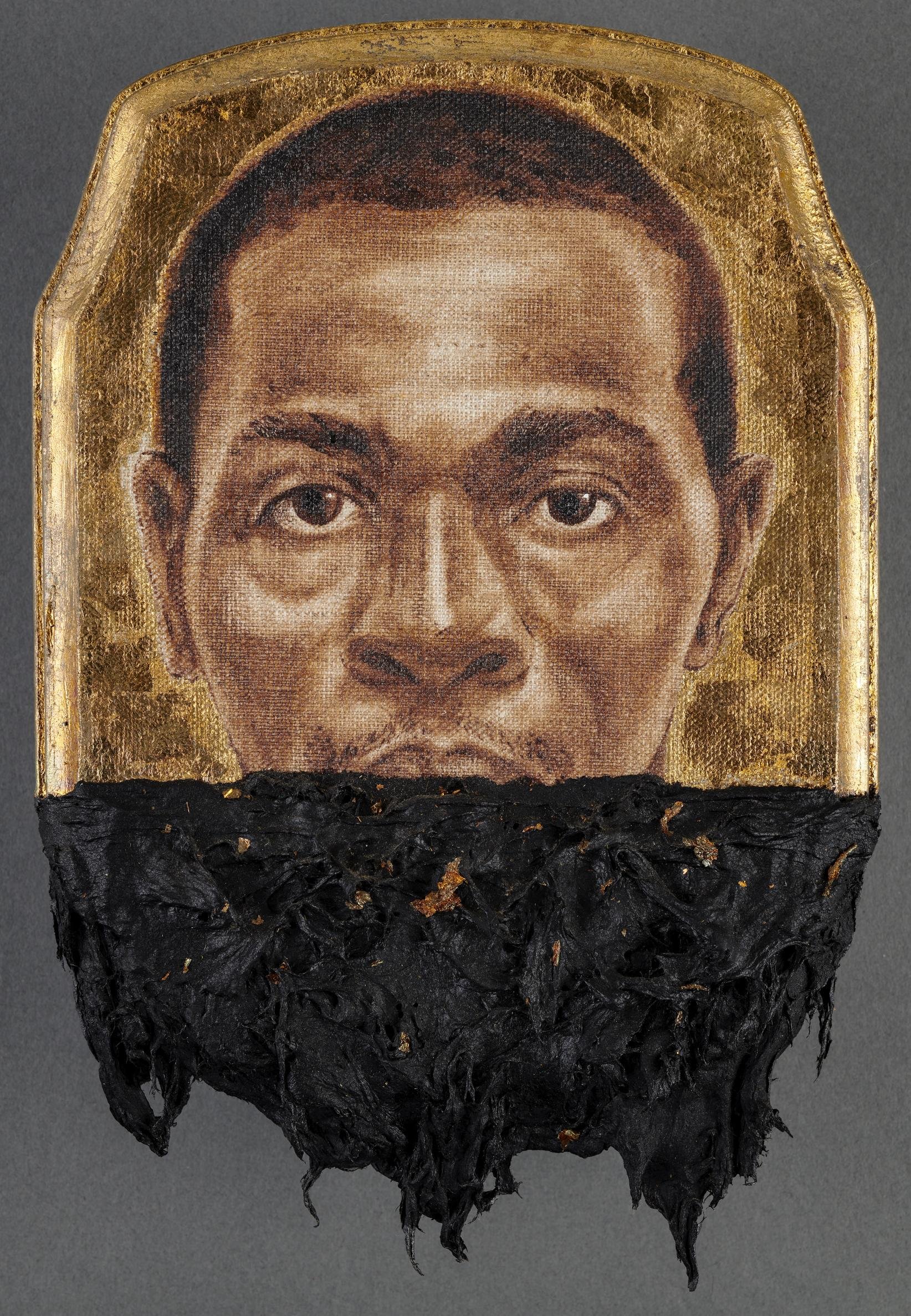
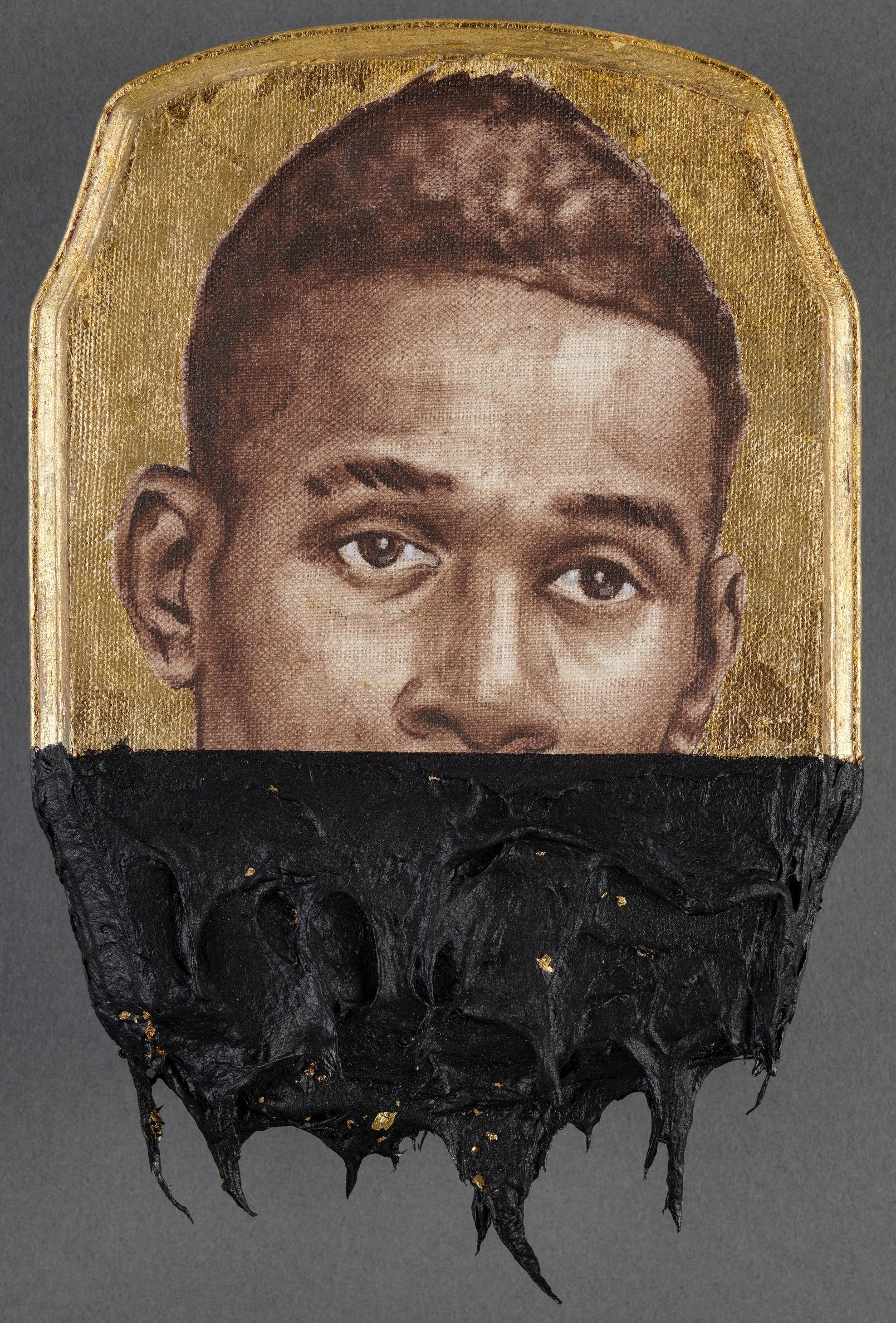
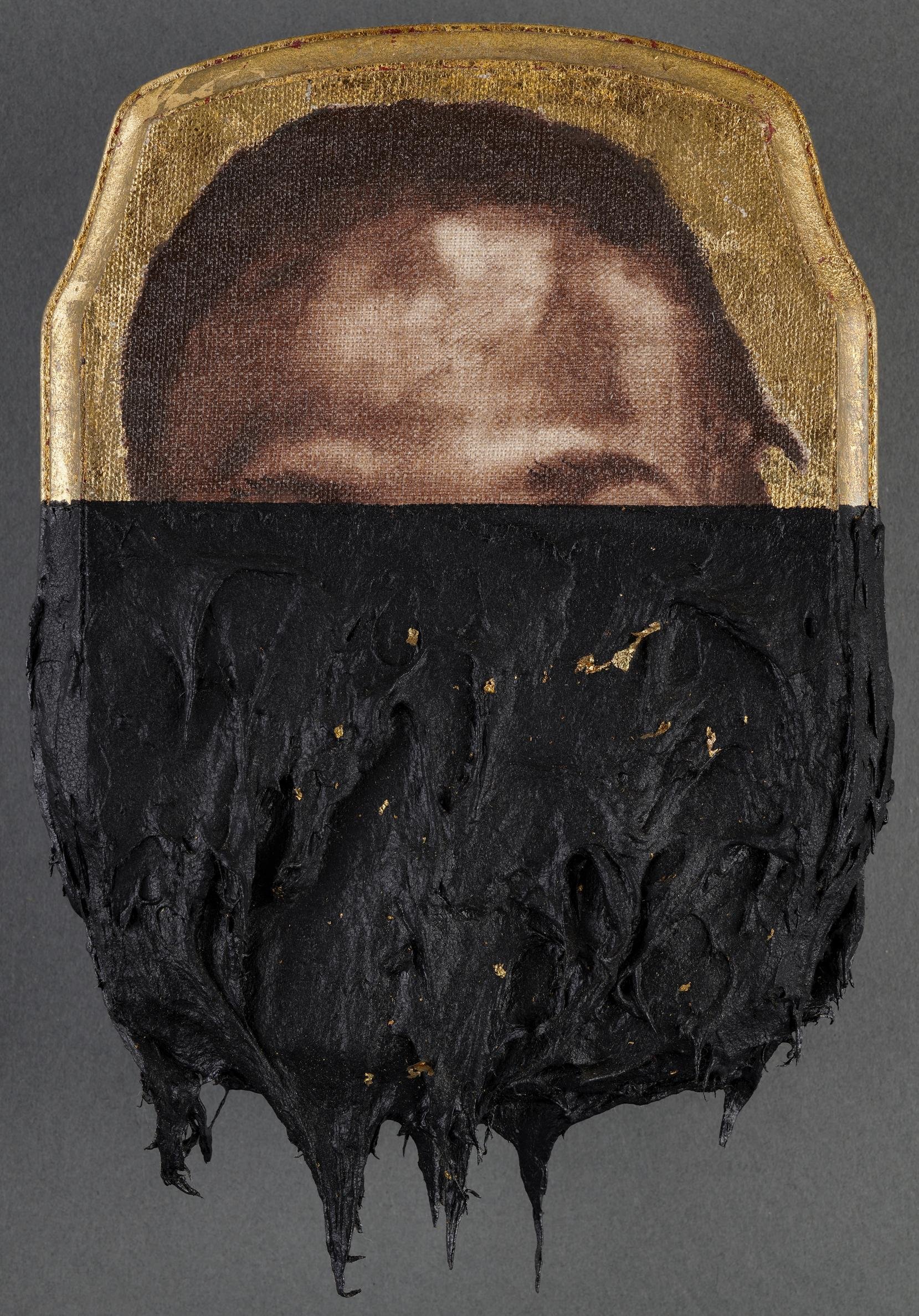
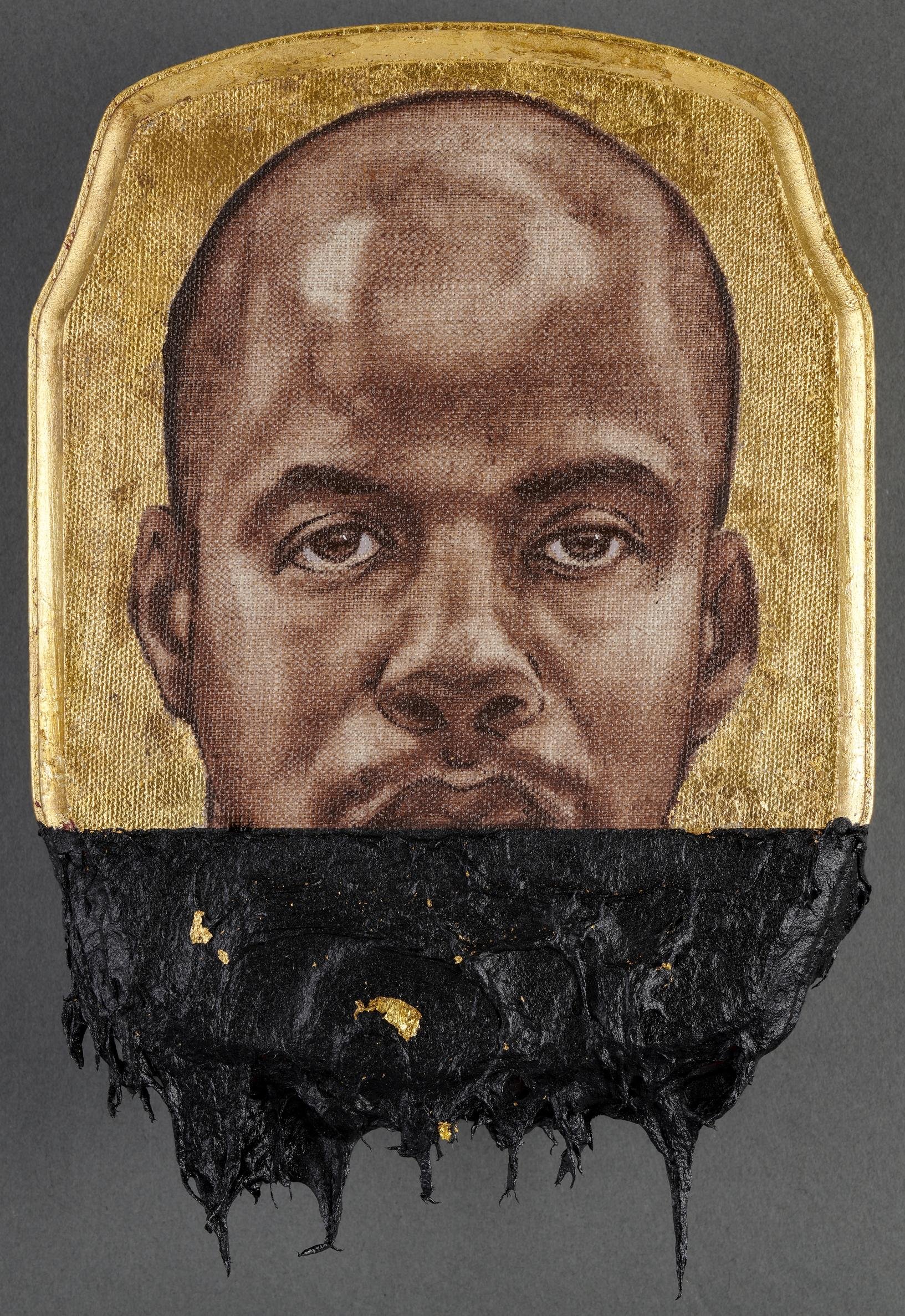
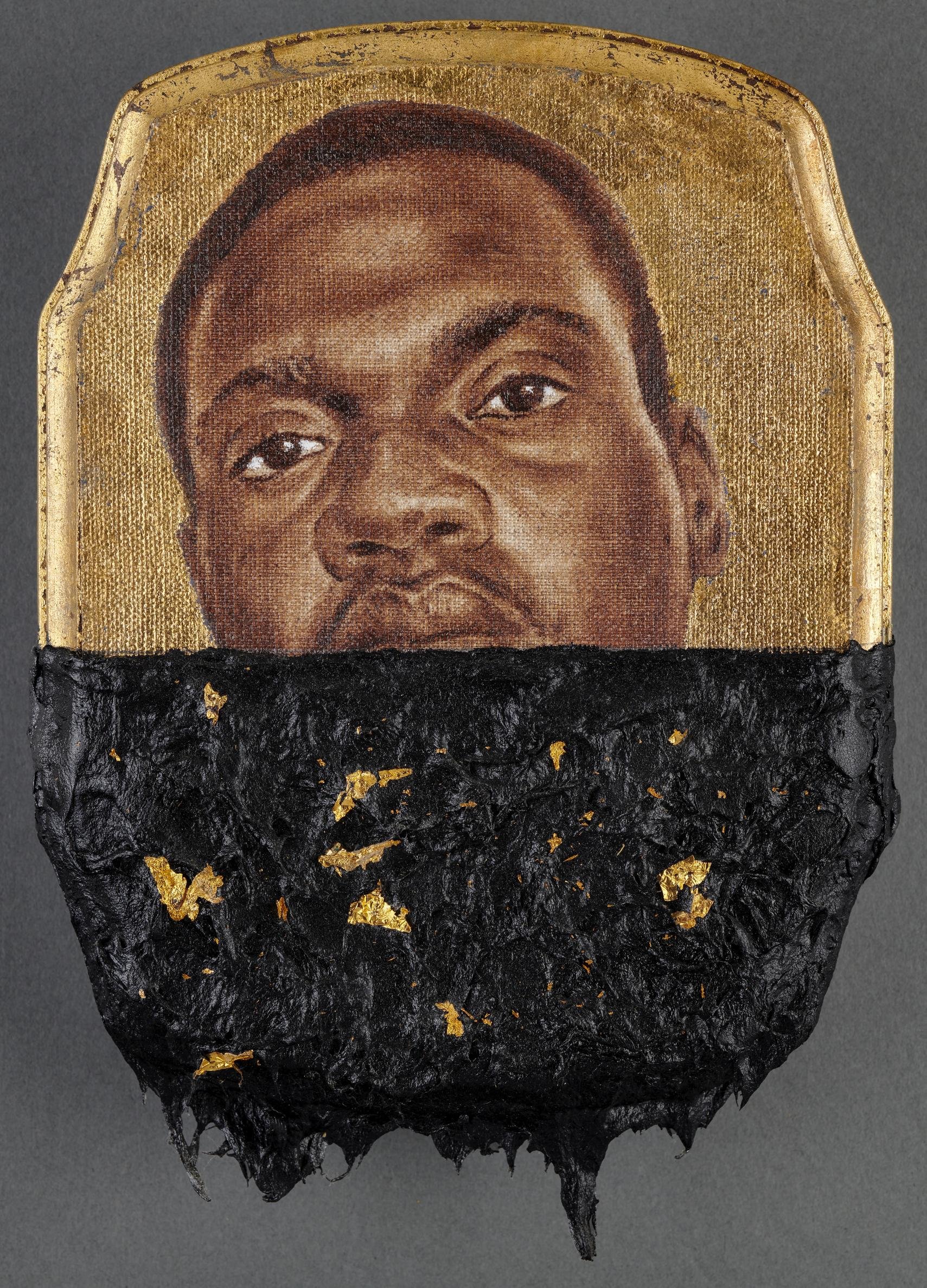
Kaphar's art goes beyond merely highlighting historical inaccuracies; it actively challenges viewers to engage with the complexities and injustices that have shaped our world. His pieces demand a deeper understanding of the socio-political contexts influencing art and history. By doing so, Kaphar makes a powerful statement about the need for inclusivity and representation in both fields. His work reclaims marginalized narratives and fosters a more comprehensive and empathetic view of history. Through his innovative approach, Kaphar inspires a rethinking of how history is told and who gets included in that telling.
Photo: Courtesy of the artist, Victoria Miro, and David Zwirner Source: Metropolitan Museum
Then there's Njideka Akunyili Crosby, whose intricate paintings delve into themes of cultural identity, immigration, and the African diaspora. Akunyili Crosby masterfully blends Nigerian and Western visual traditions, creating a rich tapestry that reflects her experiences as a Nigerian immigrant in the United States. Her work captures her subjects' everyday moments and intimate settings, offering a nuanced perspective on the complexities of cultural identity. By incorporating elements from her native and adopted cultures, Akunyili Crosby's art reveals the interconnectedness of global histories and the multifaceted nature of identity.
Akunyili Crosby's paintings challenge viewers to appreciate the beauty and significance of multiculturalism. Through her detailed and vibrant compositions, she invites audiences to reconsider traditional historical narratives and their impact on our understanding of identity. Her work highlights the importance of inclusivity and representation in art, urging a reevaluation of whose stories are told and celebrated. By portraying the richness of multicultural experiences, Akunyili Crosby fosters a greater appreciation for the diverse tapestry of human history and encourages a more empathetic and inclusive view of the world.
In the digital realm, Molly Crabapple stands out as a trailblazer, combining journalism and illustration to document social movements and injustices worldwide. Her work offers immediate and visceral commentary on current events, capturing the raw emotions and realities of situations ranging from the Occupy Wall Street movement to the refugee crisis. Through her detailed illustrations and compelling storytelling, Crabapple brings attention to issues often overlooked or misrepresented by mainstream media. Her art informs and evokes empathy, inviting viewers to engage deeply with the subjects she portrays.
Photo: Molly Crabapple General strike, February 22, 2012
By blending art and activism, Crabapple challenges mainstream media narratives and amplifies the voices of marginalized communities. Her work fosters a more inclusive and empathetic understanding of history and current affairs, highlighting the power of art as a tool for social change. Crabapple's ability to convey complex issues through her unique visual language bridges the gap between art and journalism, making her a vital voice in contemporary discussions about justice and equity. Through her innovative approach, she continues to inspire and provoke thought, pushing audiences to reconsider their perspectives on the world around them.
Photo: “The impossible dream” by Laila Shawa
In the Middle East, artists like Laila Shawa use their work to address the region's turbulent history and ongoing conflicts. Shawa's mixed-media pieces often incorporate traditional Palestinian motifs and symbols, recontextualizing them to comment on contemporary issues like displacement and resistance. By blending these cultural elements with modern themes, Shawa creates a dialogue between the past and the present, highlighting the continuity of struggle and resilience in Palestinian history. Her work captures the complexities of identity and the enduring impact of historical events, offering a poignant commentary on the ongoing challenges faced by her community.
Shawa's art powerfully reminds us of the importance of preserving cultural heritage amid conflict and upheaval. Through her visually striking and thought-provoking pieces, she brings attention to the lived experiences of those affected by historical and contemporary injustices. Her reimagined symbols and motifs preserve cultural memory and inspire a sense of solidarity and resistance. By connecting past and present, Shawa's work encourages viewers to reflect on the long-term consequences of historical events and the need for sustained efforts toward justice and recognition.
Photo: Laila Shawa's 2013 artwork titled 'Target' is a mixed media and photography piece on canvas, measuring 120.5 x 191 cm.
These examples highlight the diverse ways millennial artists reclaim history and redefine national narratives. They foster a more comprehensive and empathetic understanding of the past by challenging traditional perspectives and promoting inclusivity. Their innovative projects and initiatives make significant contributions to the art world and play a crucial role in shaping a more inclusive and just society.





